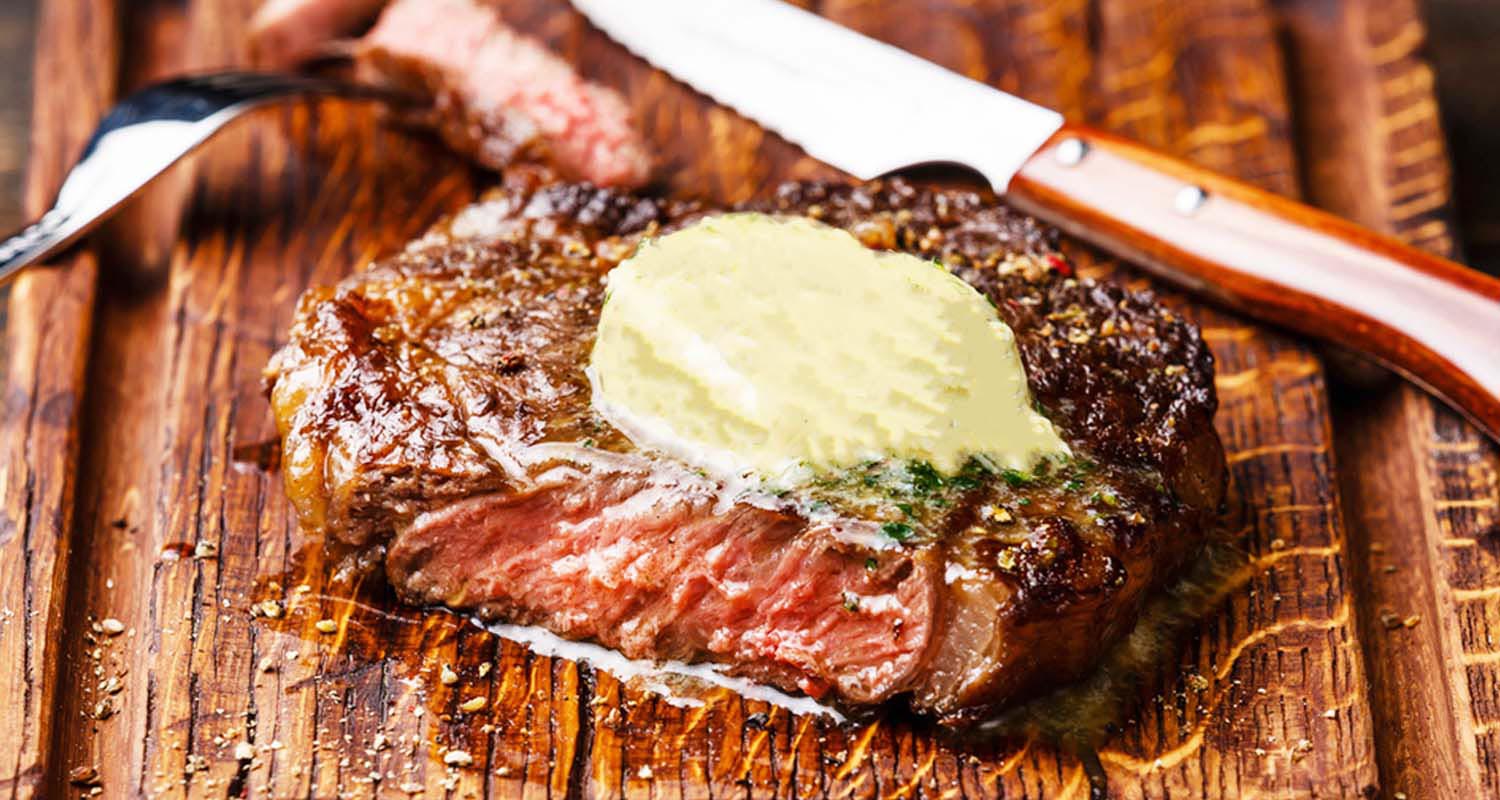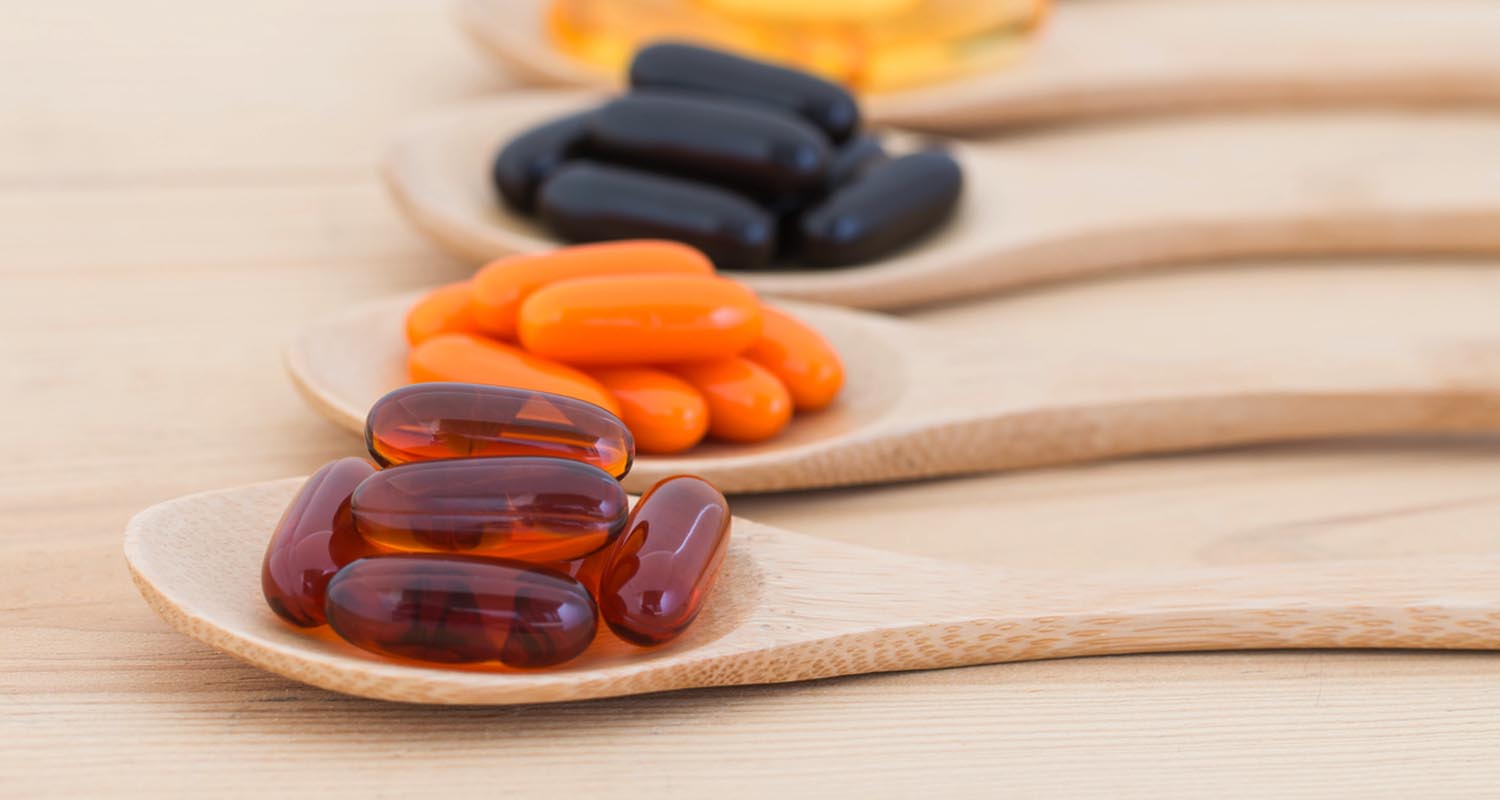- If you feel burnt out at the end of the day or you have trouble focusing, use these hacks to increase your mental energy and productivity.
- Your brain mitochondria make ATP, the energy that fuels your brain activity. If you train your mitochondria to be stronger, your brain will produce more energy, and you’ll be able to focus and be more productive than you thought possible.
- You can deepen your reserves of mental energy (aka brain power) by hacking your planning, decision fatigue, sleep, food, workouts, supplements, and more. Read on for a full guide.
Do you have some days when you’re focused and productive for hours, and other days when you wake up with brain fog and feel exhausted by 3PM?
Your ability to focus comes down to mental energy — how much you have, where you get it, and how you use it.
Mental energy may seem abstract, but it’s rooted in biology: your brain’s ability to keep running ties directly to how much ATP your mitochondria produce. ATP is the molecule that your cells use for fuel; if you train your brain cells to make more ATP, and give them the right raw materials to build it, your brain will literally produce more energy, and you’ll feel a profound difference in your productivity and mental clarity.
If you want to learn how to focus, follow this definitive guide to hacking your brain for maximum mental energy, improved focus, and higher productivity.
How to improve focus and mental energy
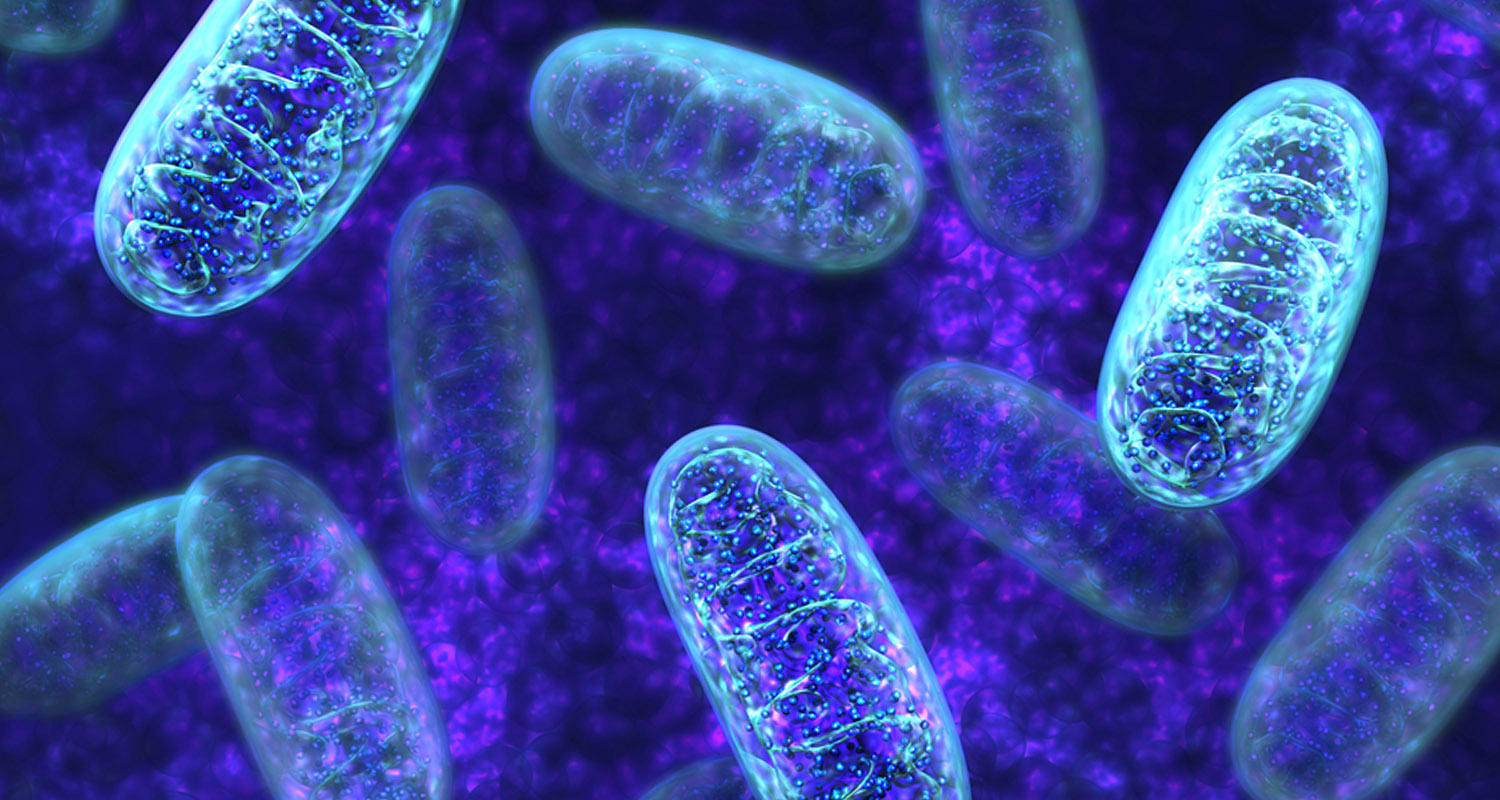
That last one, thinking, is a major energy drain. Your brain uses a huge portion of power, especially considering its size; about 20% of your daily ATP production goes to fueling your brain, and your brain cells have a staggering number of mitochondria that create energy day in and day out.
Your brain is an energy hog, and overusing it can drain your energy bank account quickly. If you’ve ever felt unfocused and had poor impulse control at the end of the day, you’ve experienced decision fatigue — every time your brain has to make a decision, it burns a little fuel. If you’re making hundreds of little decisions a day, you’re going to end up burning out much faster.
Fortunately, you can hack your mental energy in a few different ways:
- Make your mitochondria stronger so they produce more energy and improve brain function
- Give your brain the raw materials to make plenty of ATP
- Remove toxins that sap your energy
- Give your brain fewer decisions to make so your energy lasts longer
Head Strong is all about building stronger brain mitochondria to make your brain more powerful than you thought possible. Here are a few of the best ways to make your mitochondria better and increase your mental energy for better brain function and focus.
Keep learning to keep your mental muscles strong

“Brains love to learn,” says Brett Wingeier, Ph,D,, co-founder of Halo Sport, the wearable neurostimulation device made specifically for athletes.
“What’s happening under the hood is your brain cells are firing, and they’re constantly forming stronger and weaker connections that help them work together in exactly the right networks for exactly the right output. And what do we mean by output? That could mean the perfect backhand. That could mean the perfect Ping-Pong overhead spin shot, or it could mean learning a language. It’s all about your brain optimizing itself to get the job done,” Wingeier says. You can listen to the rest of his interview on Bulletproof Radio (iTunes).
To keep your brain strong, find something you’re interested in — a skill, a language, an instrument, an art medium — and spend some time every day practicing and improving.
Neurostimulation to maximize learning

These devices are becoming more available for use outside a clinical setting. Wingeier’s company, Halo Neuroscience, developed a product that uses electrical stimulation to prime the brain for learning motor activities, like sports and instruments.
“The thing about this technology is you’re still leveraging the brain’s natural mechanisms of learning. Those are so powerful, and so effective, that it doesn’t make sense to disrupt those,” says Wingeier.
You still have to put in the work, though. Think of neurostimulation devices as preheating the oven so it’s ready to cook when you are.
“It’s not The Matrix. We’re not downloading Kung Fu into your brain,” says Wingeier. “It’s using technology to make sure that your brain is dialed in, and ready to use its natural learning mechanisms where and when you want it.”
Design your schedule to match your internal clock

Everyone’s body has a different natural rhythm to it. Structure your day so you work during your most energetic times, and rest during the times when you’re less productive. If you usually feel focused between 6AM and 10AM and you want to relax during the afternoon, plan to do all your most challenging and thinking-intensive work first thing in the morning.
Ready to work at 2 AM, but not a morning person? Get your big projects done late at night and sleep in.
Follow your biology instead of fighting against it. You’ll be much more efficient with your energy.
Minimize decision fatigue to become more productive

And if you have any big or complicated projects to do, or any important choices to make, always tackle them first, when you’re fresh and have plenty of mental resources to dedicate to them. Save smaller tasks like replying to emails for the end of the day, when you don’t have to do any mental heavy lifting.
Upgrade your sleep for more mental energy and focus

The single most effective way to improve your sleep is to black out your room. Light degrades melatonin, one of the hormones that makes you sleepy and triggers cellular repair while you sleep. Get light-blocking curtains and use something to cover all the lights on your router, computer, and so on (electrical tape is a good option).
Check out this guide to sleep hacking for more ways to increase deep sleep. Most of the hacks are free and you can start them tonight.
Eat fat and polyphenols to support your brain
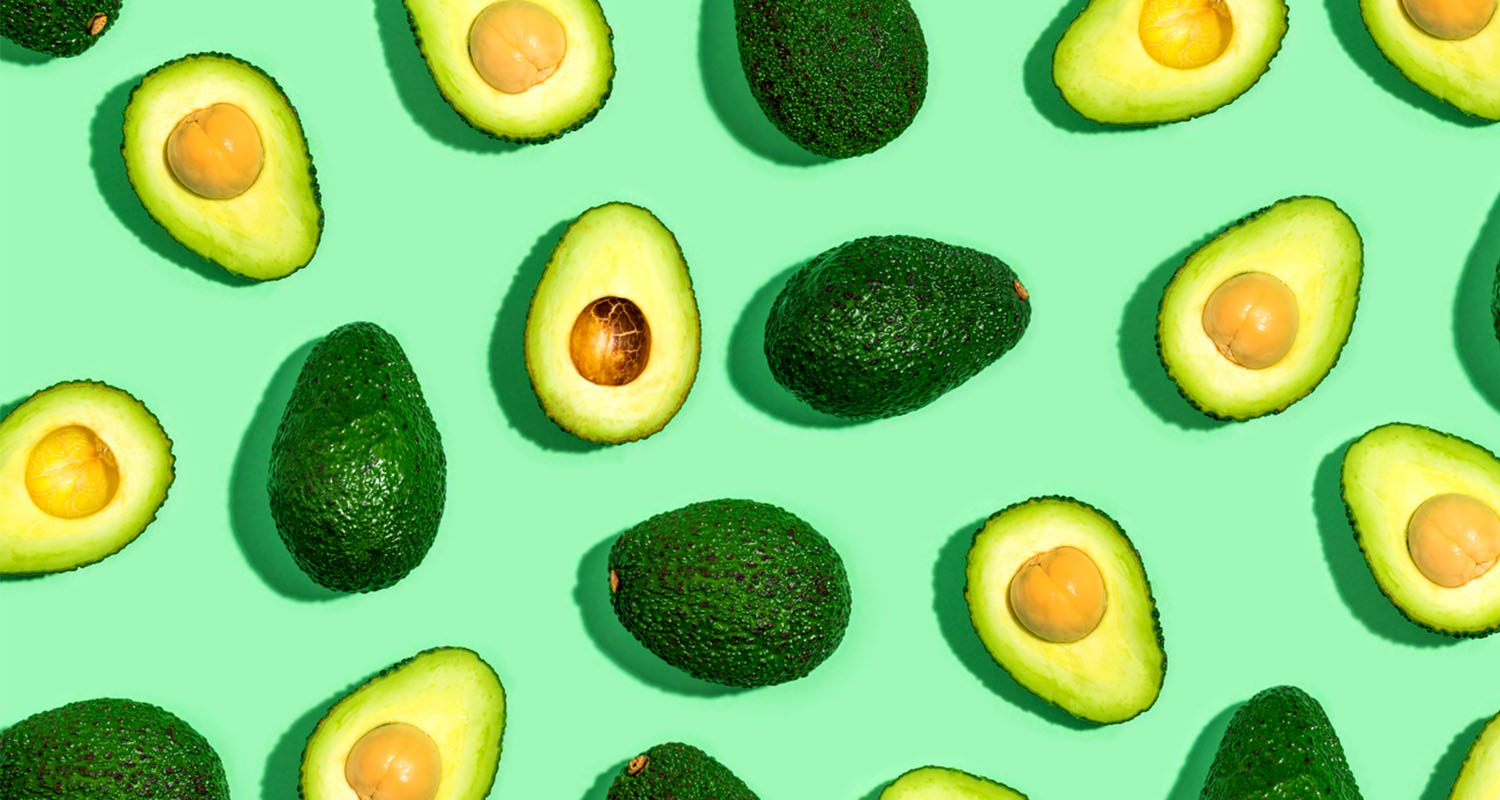
Make sure you get plenty of polyphenols as well. Polyphenols are powerful anti-inflammatory compounds that you find in coffee, tea, chocolate, and colorful vegetables and fruits. Polyphenols improve memory and decrease brain inflammation. They also protect your brain from stress.
Check out the complete one-page Bulletproof Diet Roadmap for a complete guide to brain-building foods you should eat and energy-sapping foods you should avoid for improved focus and brain power.
Exercise to grow new mitochondria

Manage stress and practice gratitude

Stress is universal, and it can sap your energy you if you don’t consciously manage it. Two great options for managing stress are:
- Meditation. Meditating decreases psychological stress and eases anxiety. It also actively improves cognitive function, particularly when it comes to focus.
- Gratitude. Take a couple minutes every day to acknowledge a couple things for which you’re grateful. Gratitude increases coherence between different brain networks, which helps you be more decisive, and increases your mental resilience to stress.
Take nootropics to unlock a more powerful brain
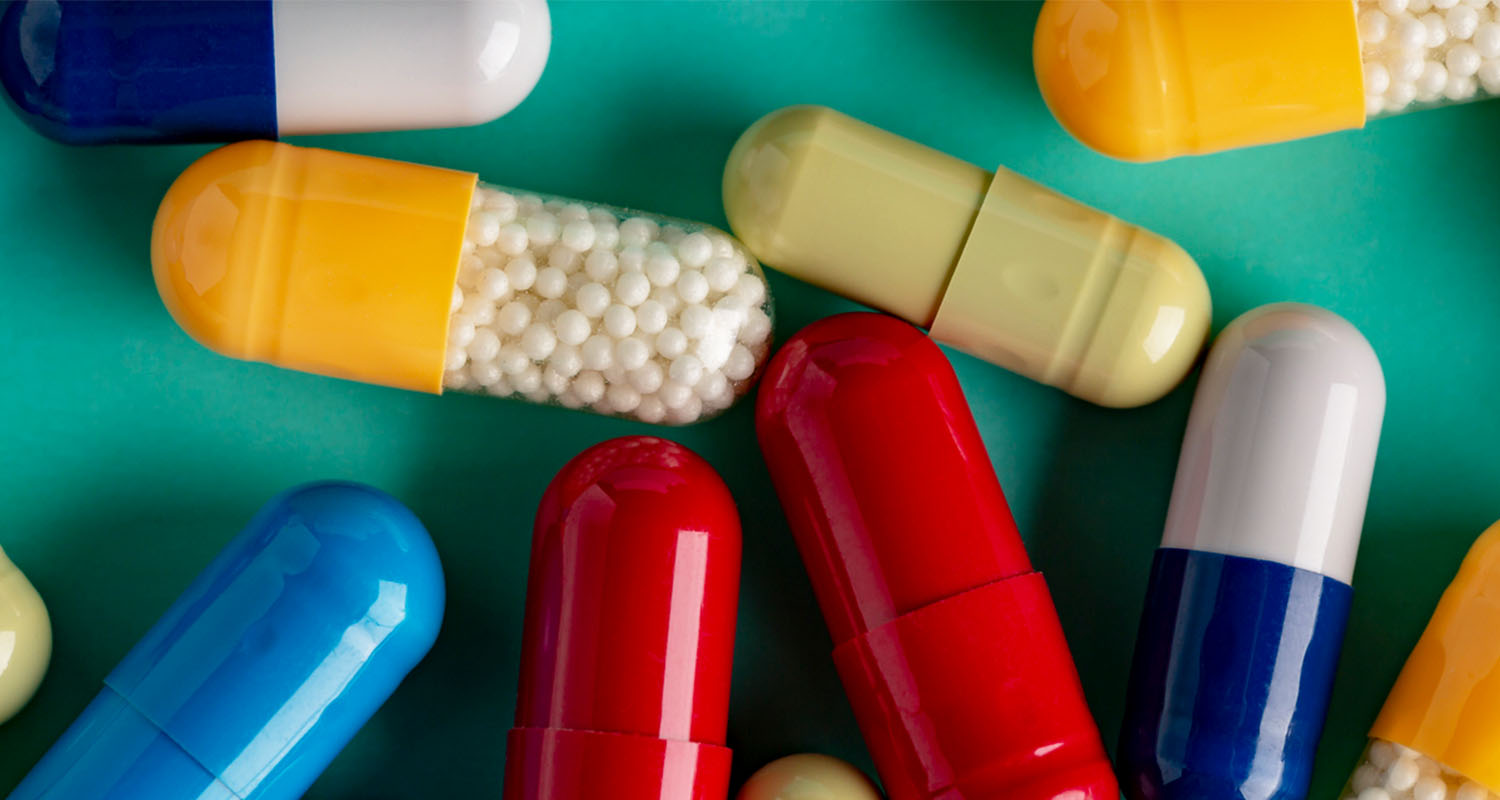
Brain Octane Oil is a great introductory nootropic; it rapidly converts to ketones that your brain can use for fuel.
Unfair Advantage is another good option. It supports your brain mitochondria and promotes the growth of new ones for improved mental energy.
For a more complete list of nootropics, including benefits, side effects, sources, and dosages, check out the Bulletproof guide to nootropics.
And for a comprehensive look at brain hacks that enhance cognitive function and help you build a stronger brain, pick up a copy of Head Strong.
 One of the main reasons you age is senescence — your cells stop dividing as they get older. When cells no longer divide, they become mostly useless, start to accumulate in your body, and trigger inflammation, gradually impairing your cellular function and increasing your risk of age-related disease.[ref url=”https://www.ncbi.nlm.nih.gov/pmc/articles/PMC4748967/”]
One of the main reasons you age is senescence — your cells stop dividing as they get older. When cells no longer divide, they become mostly useless, start to accumulate in your body, and trigger inflammation, gradually impairing your cellular function and increasing your risk of age-related disease.[ref url=”https://www.ncbi.nlm.nih.gov/pmc/articles/PMC4748967/”]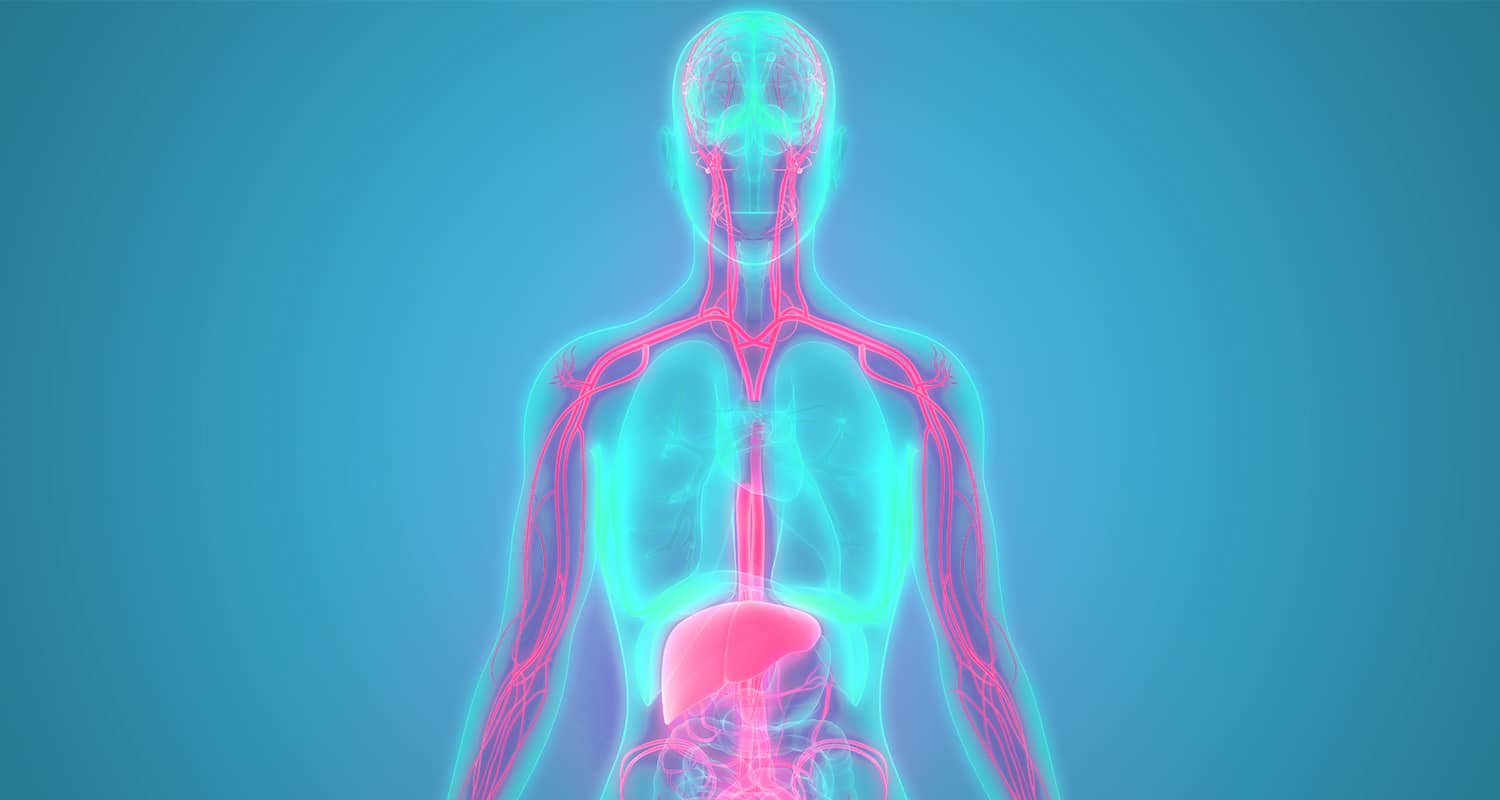 Fisetin protects your cells from stress-related damage so they can run at full power. Fisetin regulates inflammatory pathways[ref url=”https://www.ncbi.nlm.nih.gov/pmc/articles/PMC3985520/”] and deactivates several major inflammatory compounds.[ref url=”https://www.ncbi.nlm.nih.gov/pmc/articles/PMC3689181/”] It also helps you make more
Fisetin protects your cells from stress-related damage so they can run at full power. Fisetin regulates inflammatory pathways[ref url=”https://www.ncbi.nlm.nih.gov/pmc/articles/PMC3985520/”] and deactivates several major inflammatory compounds.[ref url=”https://www.ncbi.nlm.nih.gov/pmc/articles/PMC3689181/”] It also helps you make more 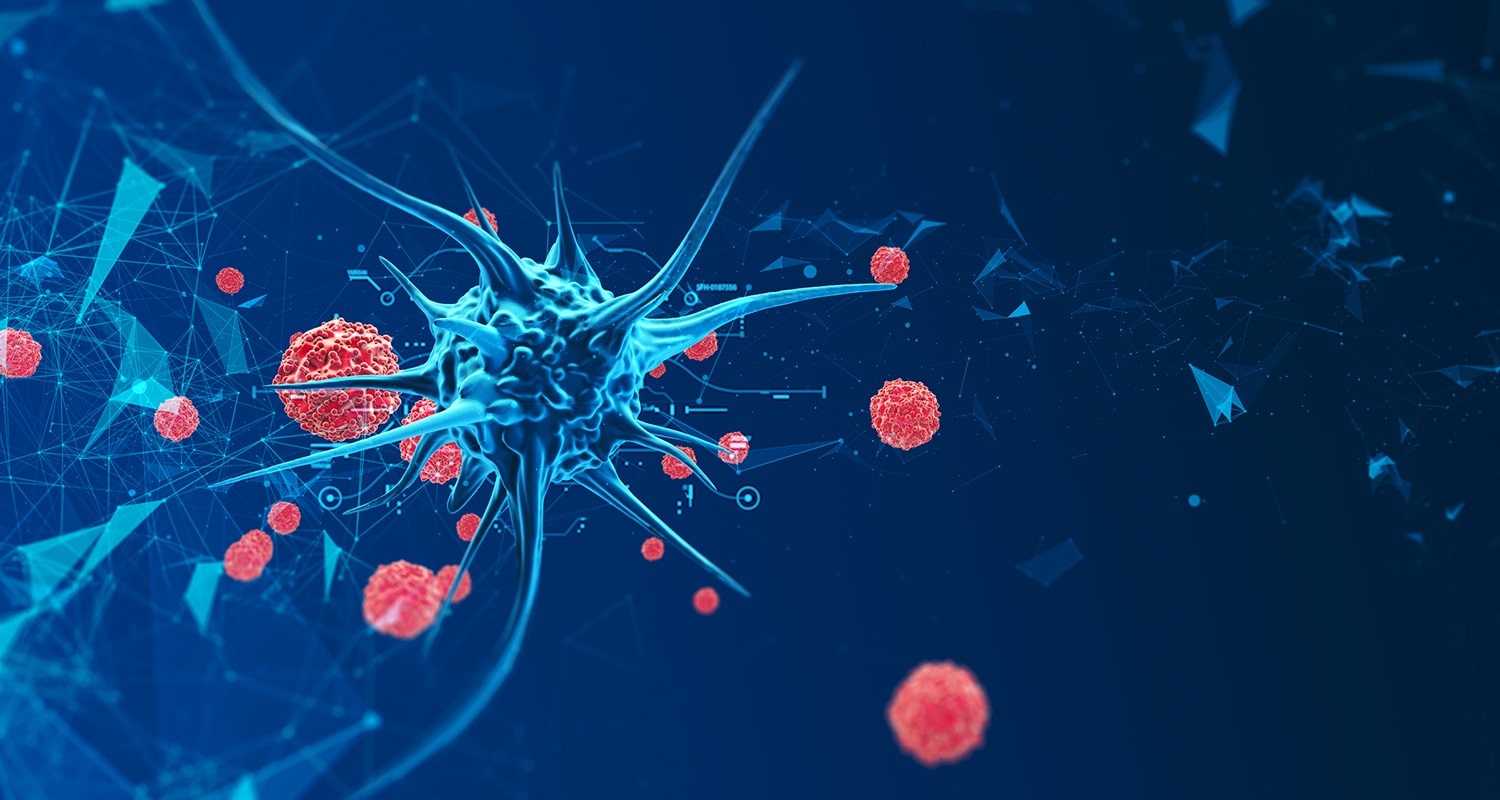 Among fisetin’s benefits, a few studies have found that fisetin keeps cancer cells from multiplying and spreading.[ref url=”https://www.sciencedirect.com/science/article/abs/pii/S0003986114002082?via%3Dihub”][ref url=”https://www.ncbi.nlm.nih.gov/pmc/articles/PMC3985520/”] Fisetin seems particularly good at destroying breast cancer cells.[ref url=”https://www.ncbi.nlm.nih.gov/pmc/articles/PMC6080104/”][ref url=”https://www.ncbi.nlm.nih.gov/pmc/articles/PMC6034928/”]
Among fisetin’s benefits, a few studies have found that fisetin keeps cancer cells from multiplying and spreading.[ref url=”https://www.sciencedirect.com/science/article/abs/pii/S0003986114002082?via%3Dihub”][ref url=”https://www.ncbi.nlm.nih.gov/pmc/articles/PMC3985520/”] Fisetin seems particularly good at destroying breast cancer cells.[ref url=”https://www.ncbi.nlm.nih.gov/pmc/articles/PMC6080104/”][ref url=”https://www.ncbi.nlm.nih.gov/pmc/articles/PMC6034928/”] You can get fisetin from a few different foods.
You can get fisetin from a few different foods.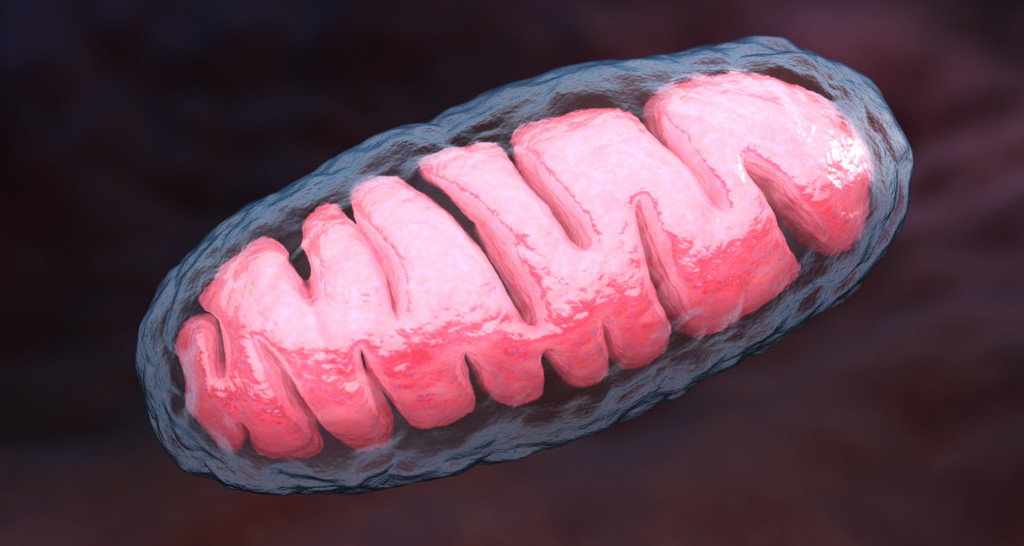




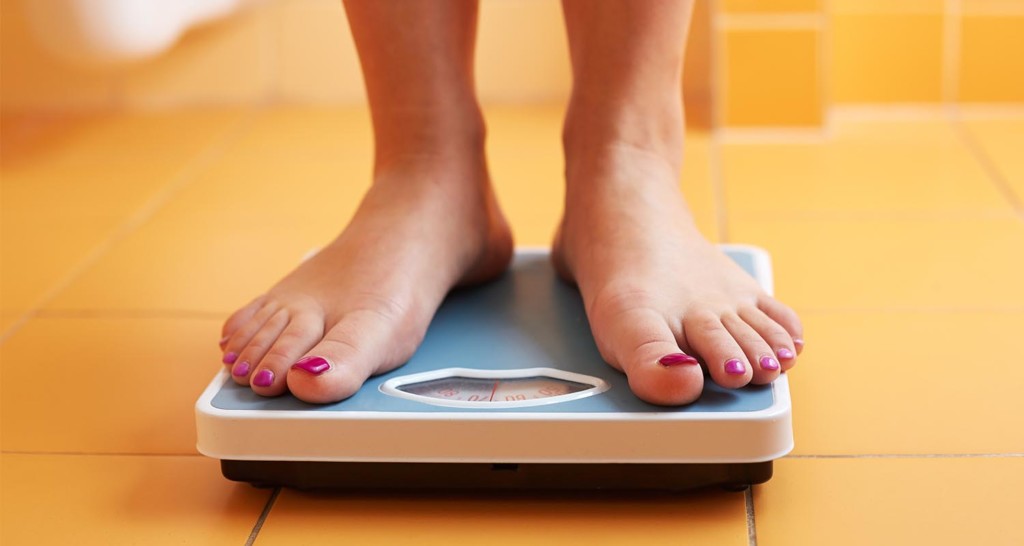


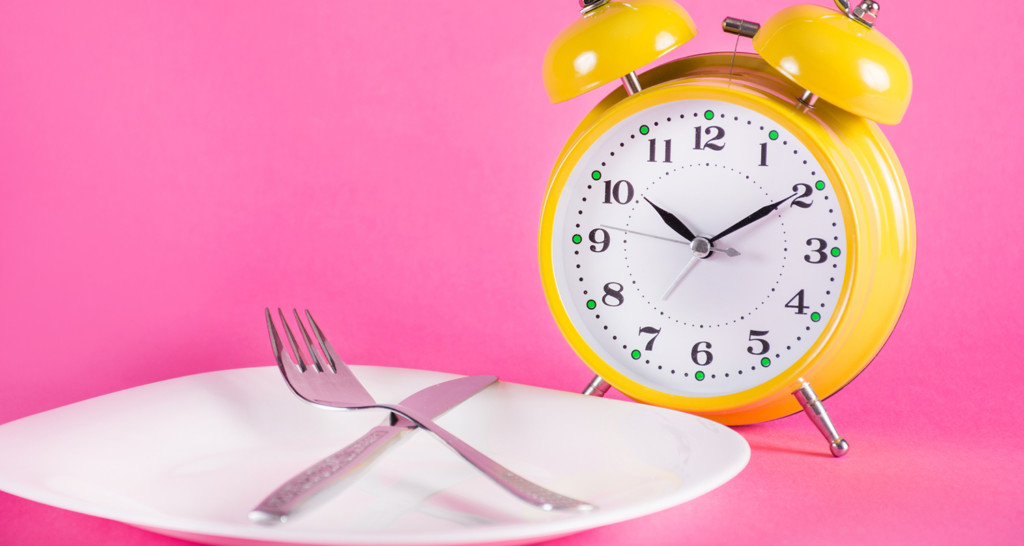





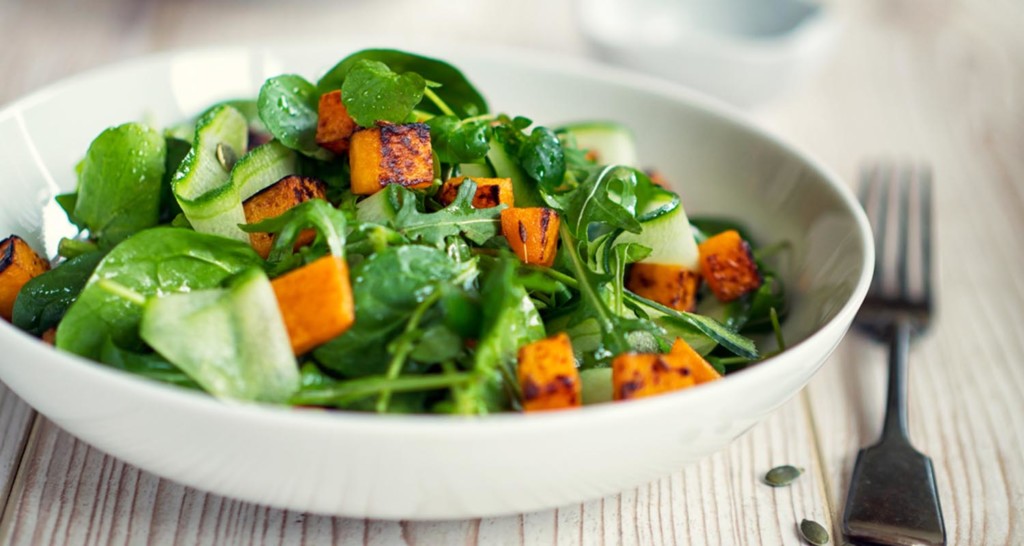

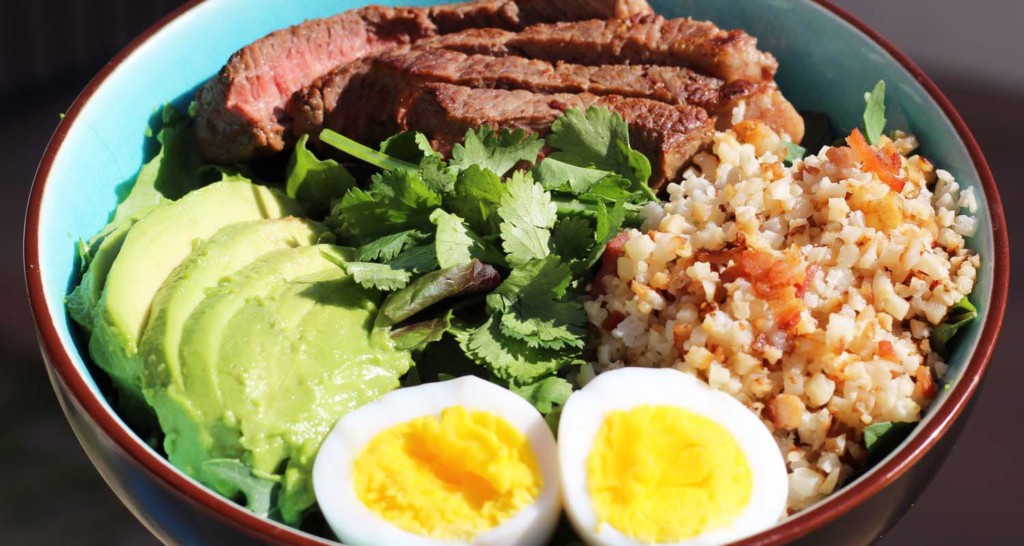




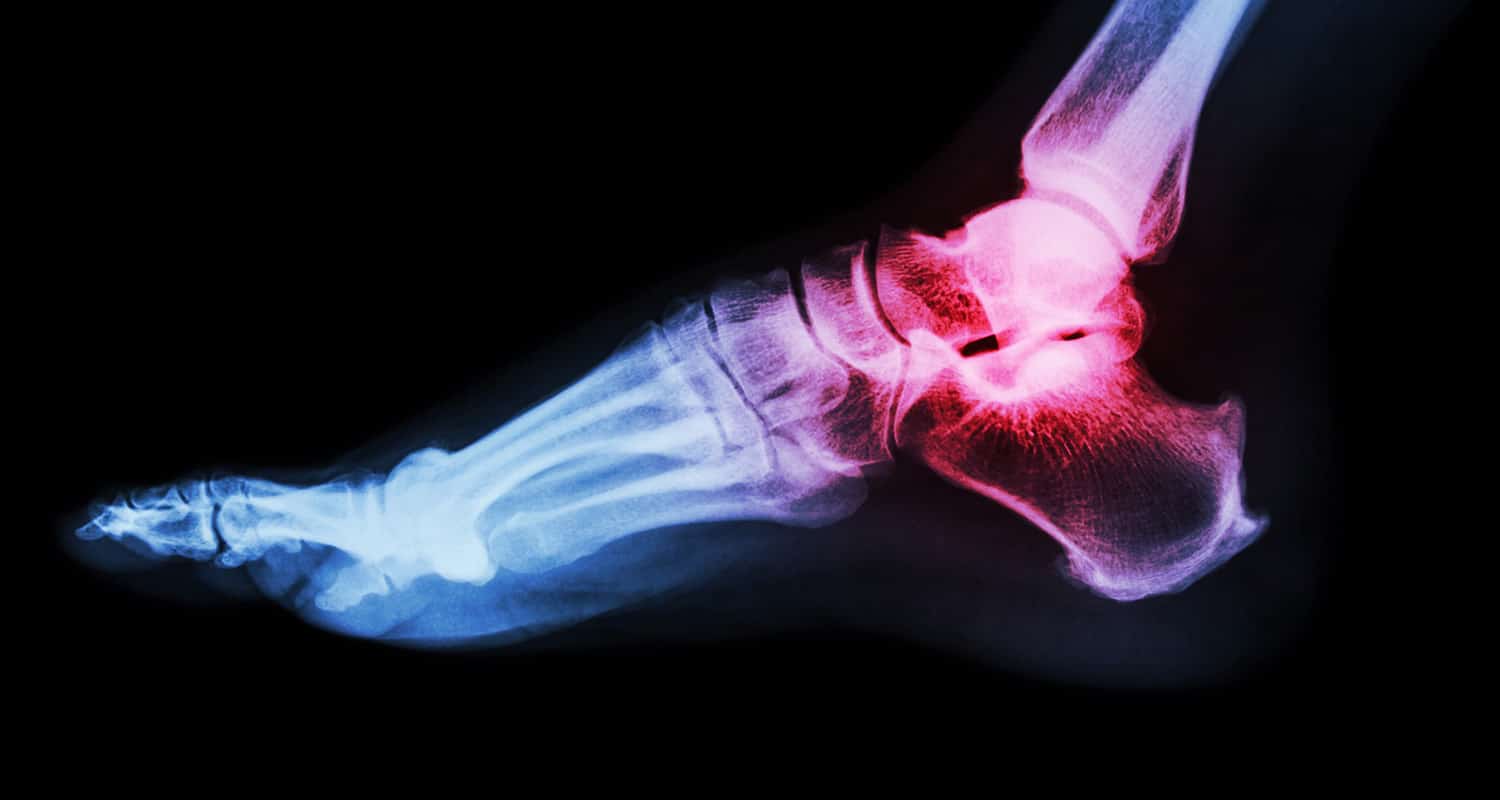 Gout is a result of “hyperuricemia,” when your body produces uric acid (a waste product from digestion) faster than you can excrete it. Uric acid is the end product of purine metabolism in your body. Purines are part of the structure of DNA, and are found in every cell we digest, both plant and animal. Normally, your gut and your kidney help excrete a healthy amount of uric acid, but like many things, different triggers in your diet can upset this balance.
Gout is a result of “hyperuricemia,” when your body produces uric acid (a waste product from digestion) faster than you can excrete it. Uric acid is the end product of purine metabolism in your body. Purines are part of the structure of DNA, and are found in every cell we digest, both plant and animal. Normally, your gut and your kidney help excrete a healthy amount of uric acid, but like many things, different triggers in your diet can upset this balance.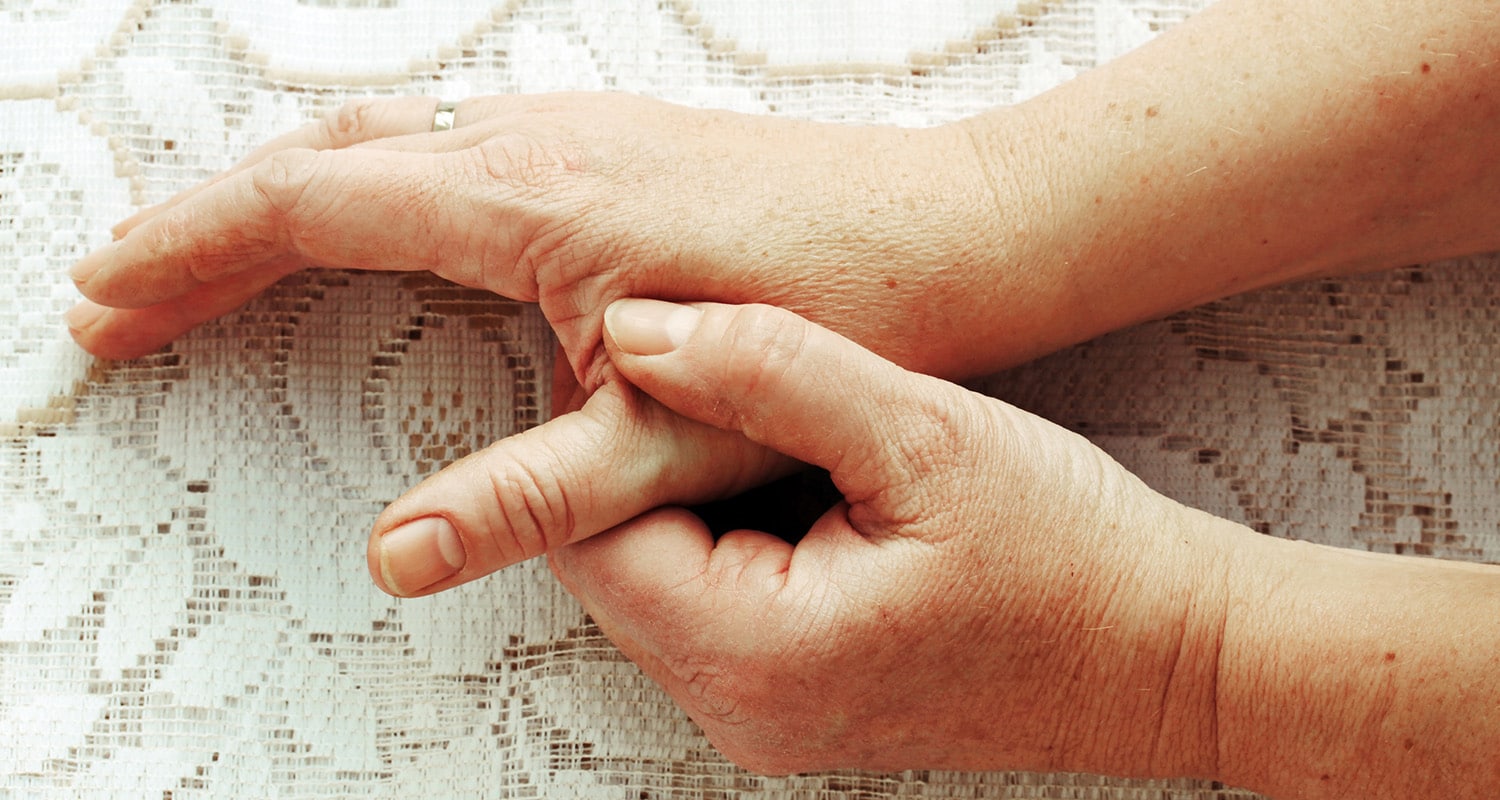 Gout most commonly starts as inflammation in the big toe or lower temperature joints such as the ankles or knees, but it can wreak havoc in any of your joints.
Gout most commonly starts as inflammation in the big toe or lower temperature joints such as the ankles or knees, but it can wreak havoc in any of your joints.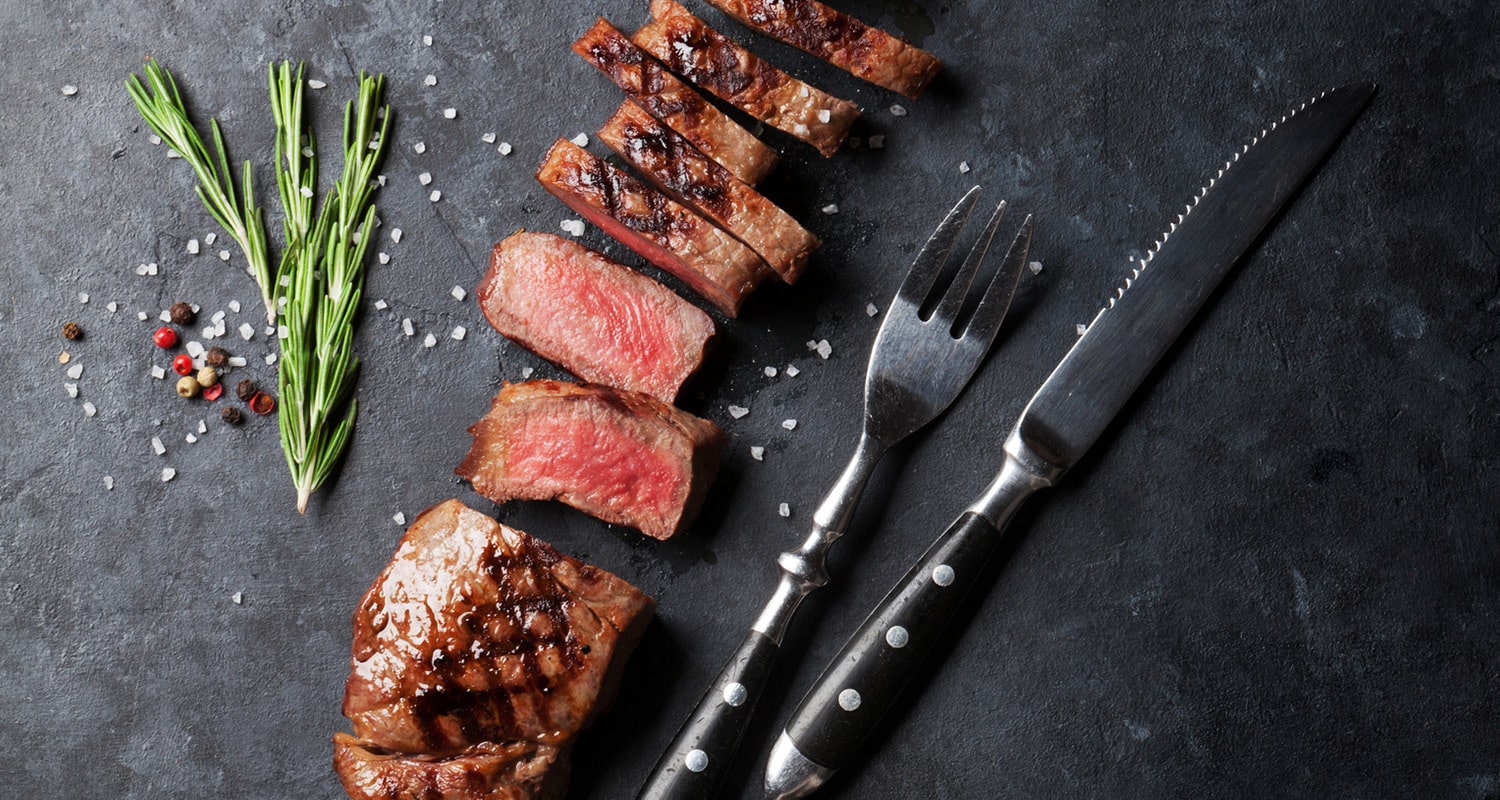 Traditionally, gout was known as a “disease of the rich,” only affecting those of high enough class to afford expensive foods such as meat, sugar and wine. Overindulging in these foods was linked to the disease, which lead to the common suggestion to avoid meat to solve gout.
Traditionally, gout was known as a “disease of the rich,” only affecting those of high enough class to afford expensive foods such as meat, sugar and wine. Overindulging in these foods was linked to the disease, which lead to the common suggestion to avoid meat to solve gout.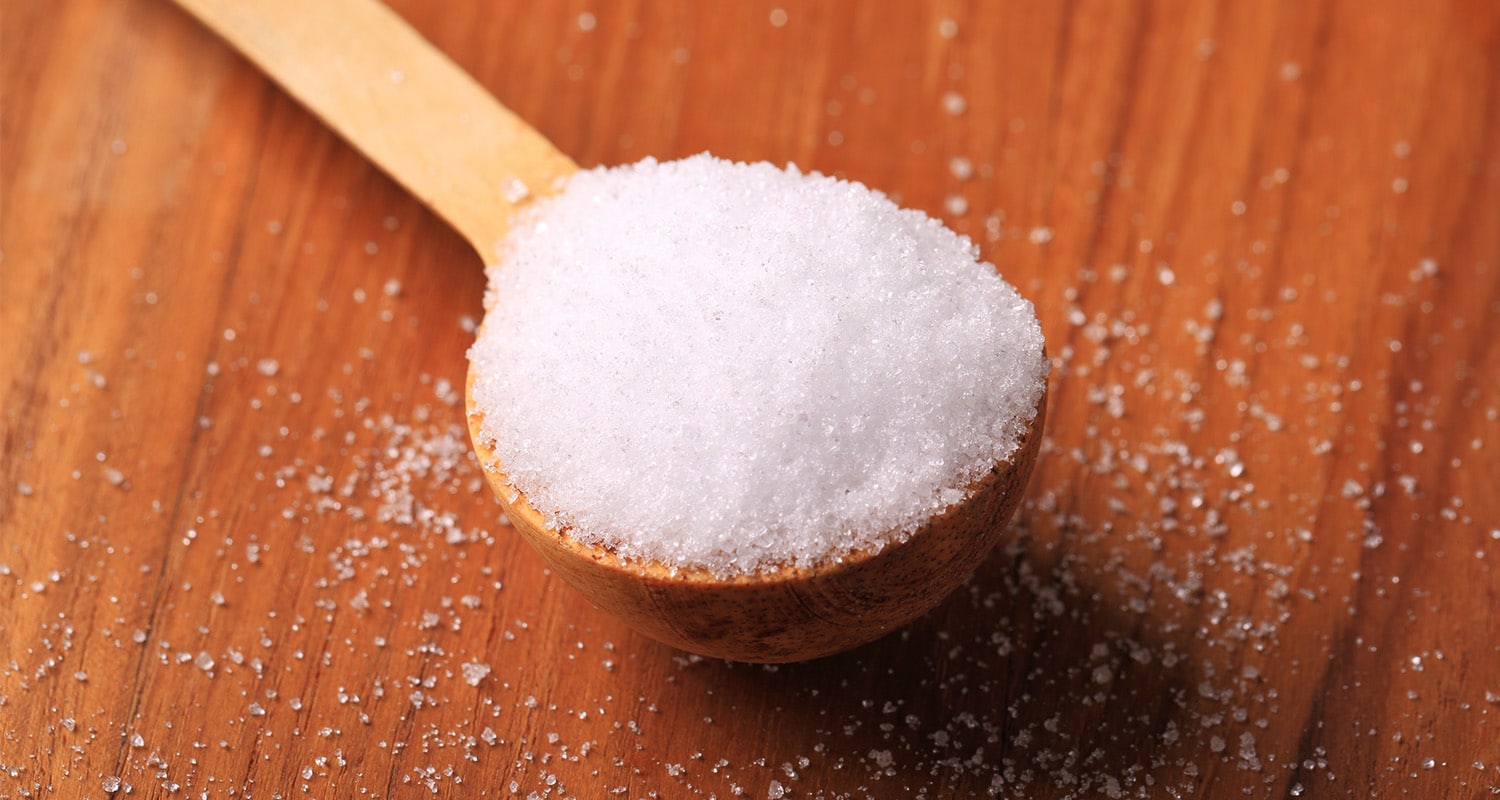 Poor sugar regulation is highly associated with gout, and a sugar-heavy diet can drastically worsen both. In fact, insulin resistance is known to raise uric acid levels, and high uric acid can also contribute to insulin resistance, which is why roughly 95% of gout patients also suffer hyperinsulinemia.[ref url=”https://www.ncbi.nlm.nih.gov/pubmed/25112919″][ref url=”https://www.ncbi.nlm.nih.gov/pubmed/24769205″] Chronically high insulin, such as with insulin resistance, prediabetes or type 2 diabetes, reduces your body’s ability to excrete uric acid.[ref url=”http://www.jrheum.org/content/jrheum/29/7/1350.full.pdf”] It turns out this can be even more important than limiting your purine intake, as 90% of gout cases are due to the inability to excrete uric acids.
Poor sugar regulation is highly associated with gout, and a sugar-heavy diet can drastically worsen both. In fact, insulin resistance is known to raise uric acid levels, and high uric acid can also contribute to insulin resistance, which is why roughly 95% of gout patients also suffer hyperinsulinemia.[ref url=”https://www.ncbi.nlm.nih.gov/pubmed/25112919″][ref url=”https://www.ncbi.nlm.nih.gov/pubmed/24769205″] Chronically high insulin, such as with insulin resistance, prediabetes or type 2 diabetes, reduces your body’s ability to excrete uric acid.[ref url=”http://www.jrheum.org/content/jrheum/29/7/1350.full.pdf”] It turns out this can be even more important than limiting your purine intake, as 90% of gout cases are due to the inability to excrete uric acids.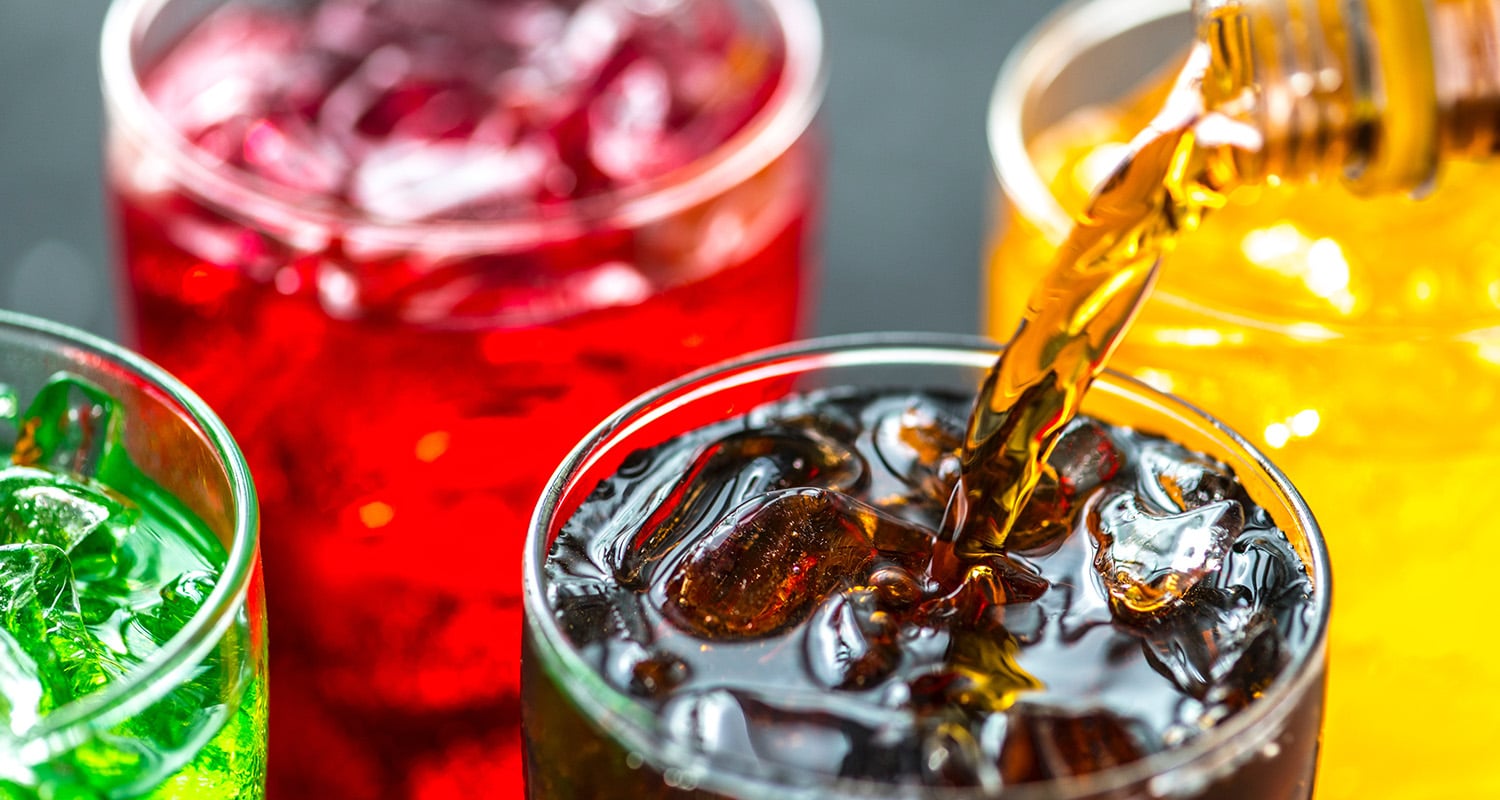 Of all the sugars, gout has a special connection with fructose. Fructose not only decreases your excretion of uric acid, it causes your body to produce more to start with (remember that two-thirds of your uric acid comes from your body, not your diet). In addition to wreaking havoc on cholesterol, blood triglycerides, and insulin, fructose can knock out the pathways that usually slow purine metabolism, bumping up your uric acid production.[ref url=”https://academic.oup.com/ajcn/article-abstract/58/5/754S/4732305?redirectedFrom=fulltext”][ref url=”https://www.ncbi.nlm.nih.gov/pubmed/19403709″]
Of all the sugars, gout has a special connection with fructose. Fructose not only decreases your excretion of uric acid, it causes your body to produce more to start with (remember that two-thirds of your uric acid comes from your body, not your diet). In addition to wreaking havoc on cholesterol, blood triglycerides, and insulin, fructose can knock out the pathways that usually slow purine metabolism, bumping up your uric acid production.[ref url=”https://academic.oup.com/ajcn/article-abstract/58/5/754S/4732305?redirectedFrom=fulltext”][ref url=”https://www.ncbi.nlm.nih.gov/pubmed/19403709″] Oxalates are antinutrient compounds found in many vegetables, like raw kale, radishes, cauliflower, broccoli, dark leafy greens, and others.
Oxalates are antinutrient compounds found in many vegetables, like raw kale, radishes, cauliflower, broccoli, dark leafy greens, and others. Alcohol has been known for centuries to worsen gout, and several studies show a strong correlation between excessive drinking and gouty arthritis. In fact, avoiding wine was Hippocrates’ top tip for gout patients back in 5th century BC. Alcoholic drinks behave in your body pretty much like sugar, which explains why drinking can spike blood uric acid levels even more than high-purine meals do.[ref url=”http://www.jrheum.org/content/jrheum/29/7/1350.full.pdf”]
Alcohol has been known for centuries to worsen gout, and several studies show a strong correlation between excessive drinking and gouty arthritis. In fact, avoiding wine was Hippocrates’ top tip for gout patients back in 5th century BC. Alcoholic drinks behave in your body pretty much like sugar, which explains why drinking can spike blood uric acid levels even more than high-purine meals do.[ref url=”http://www.jrheum.org/content/jrheum/29/7/1350.full.pdf”] Cut sugar and alcohol: Cutting sugar, especially by avoiding alcohol and excess fructose, is the most effective step you can take in reducing or preventing gout. Get rid of soda and any other processed foods or drinks that contain high-fructose corn syrup. Drink water instead of juice, and cut out high-sugar fruits, like bananas, grapes, watermelon, mangoes, and melons.
Cut sugar and alcohol: Cutting sugar, especially by avoiding alcohol and excess fructose, is the most effective step you can take in reducing or preventing gout. Get rid of soda and any other processed foods or drinks that contain high-fructose corn syrup. Drink water instead of juice, and cut out high-sugar fruits, like bananas, grapes, watermelon, mangoes, and melons.
